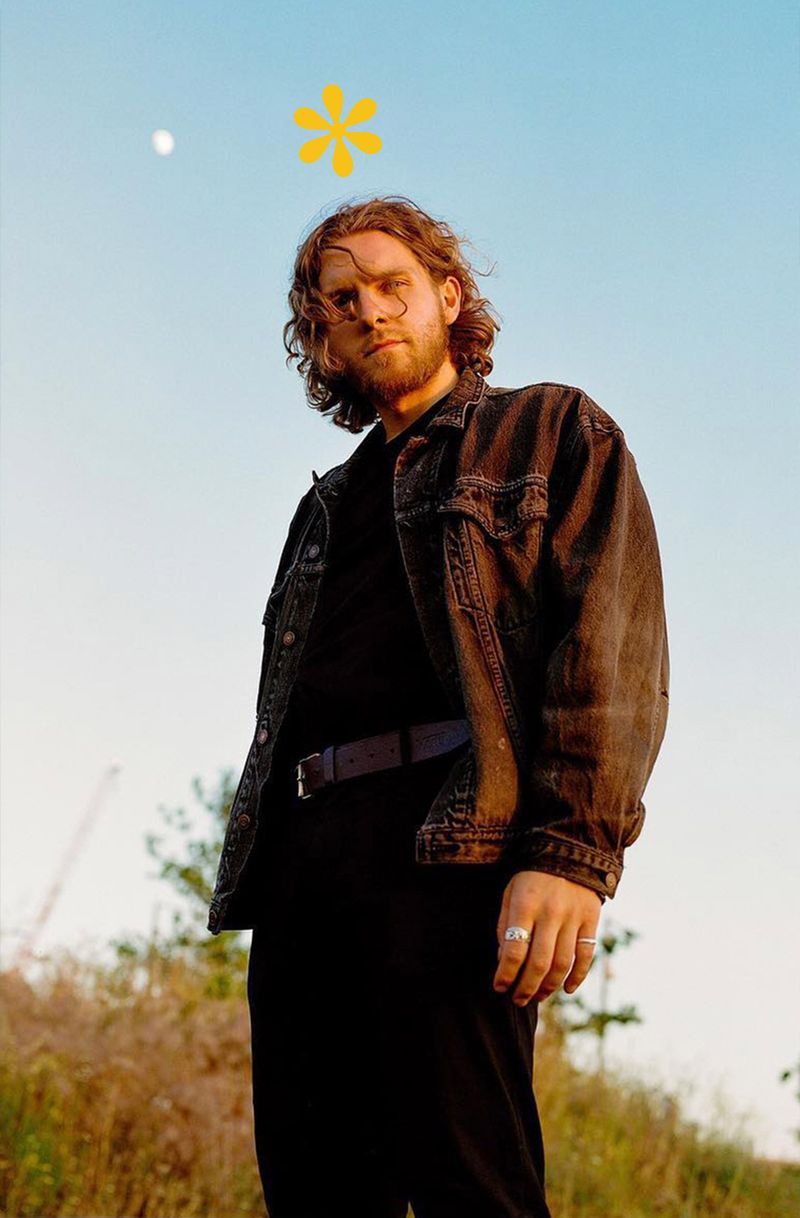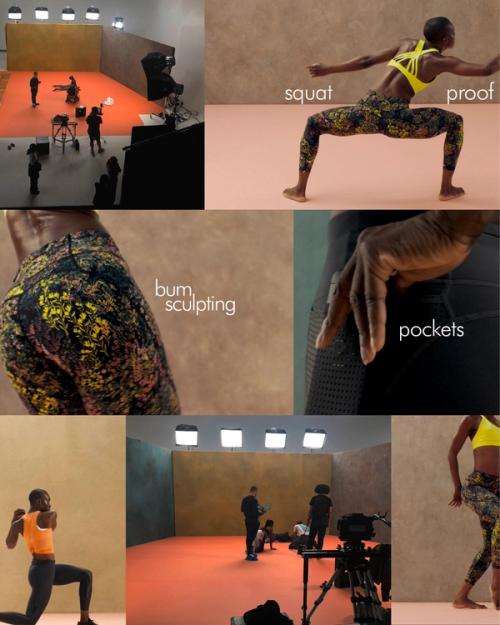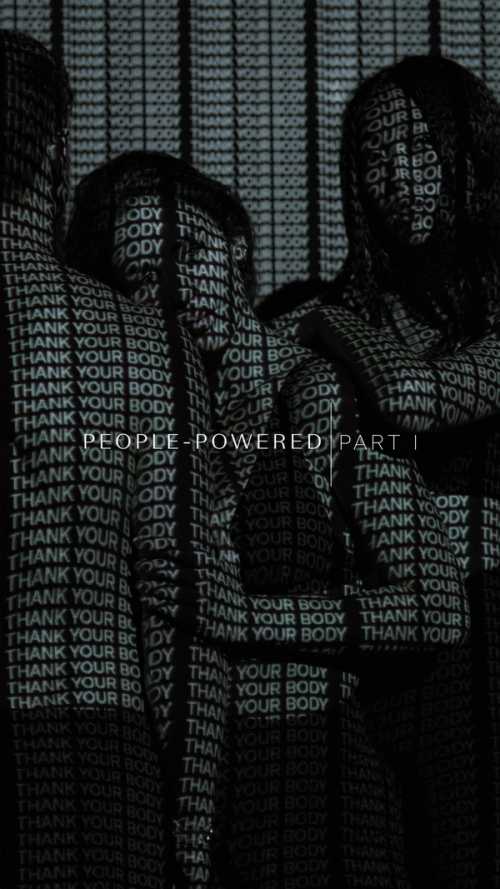This year we’ve had a lot of brands asking for introductions to agencies that can offer strategic marketing support: developing social strategy, concepting campaigns or tapping into big cultural moments. We’ve got some thoughts around how to set that relationship up for success.…
Working as a marketer, right now, must feel like wrestling an octopus.
Just as one arm is down, another one springs up – sure, your organic social is running fine, but what about your influencer partnerships? Is something maybe a bit off about e-comm? Maybe the brand isn’t working, but no-one can quite identify why. Oh and by the way, while you were figuring all that out you missed a huge cultural happening that would have been perfect for your brand to piggyback.
In summary, marketing teams are expected to have a broader understanding of the landscape than ever before, but somehow also be more specialist. They need to be reactive to the now, while planning five steps ahead for the future.
“We’re rethinking the traditional structures of marketing teams,” says Farryn Weiner, who held senior marketing and brand roles at Sweetgreen and Michael Kors before setting up her own integrated marketing agency, Farrynheight. “It’s not just that the channels have changed, it’s that the speed, volume, and complexity of how and where we connect with our audience has changed, too. Marketers are no longer just storytellers; they’re system builders, cultural translators, and business strategists all at once.”
In response, many internal teams are looking to creative agencies for strategic marketing support – something we’re seeing more and more of via the briefs brands are sending ASK US FOR IDEAS. As Jonathan Trimble, co-founder of marketing agency And Rising phrases it: “Brands are building a patchwork quilt around them.”
“Marketers are no longer just storytellers; they’re system builders, cultural translators, and business strategists all at once.”
Farryn Weiner, Founder, Farrynheight
“Each brand has its own economics: it’s got its top, middle and bottom funnel, and each of those things differs by brand,” he says. “Rather than being biased to brand or performance, for example, independent agencies can behave more like a graphic equaliser across total brand growth. Creative and design thinking has overall brand impact in mind, even when making specific boosts or adjustments.”
BRING IN THE OUTSIDERS
Some brands might think: I’ve got my own team, why would I risk budget on an external partner that may or may not grasp the ins and outs of my business? But the joy of working with an agency – and a point that came up time and time again in our 2024 Creative Study survey of brand leaders – is specifically their externality.
Agencies can look across businesses and across channels, and help identify what’s working, what’s not and how things can be adapted to fit the brand’s unique lens of growth or community or influencer partnerships, or whatever it is. Yes, they’re outsiders, but that’s precisely why you hire them.



“We’re there to help release the pressure,” says Trimble. “A good agency meets a brand wherever it’s at, rather than bringing the baggage of its past successes, beliefs or agendas. It’s there to breathe fresh thinking, amplify what’s working and compress the rest.”
MORE TIME, MORE KNOWLEDGE, LESS RISK
There’s one huge reason a brand might bring onboard a marketing agency: lack of time. Often, internal teams don’t have the space to handle the thousand-and-one asks that any growing brand faces. An agency can become a vital source of support and resource.
“Sometimes, we’ll look at an internal team and we can sense that they’re underwater,” says Weiner. “They are drowning, they are challenged by the goals and objectives they have. And it’s not that they don’t know the answers, it’s that they really need a team to help bring those answers to the surface and actually get it done.
“Time is a critical pressure point, especially in today’s marketing world where teams have been downsized across industries, but the demands have only grown. The stakes are higher, the timelines are tighter, and the margin for error is smaller.”
“Rather than being biased to brand or performance, independent agencies can behave more like a graphic equaliser across total brand growth.“
Jonathan Trimble, Co-founder, And Rising
Agencies can also fill in seniority gaps, by sharing their own established marketing knowledge, and giving higher level guidance to junior teams. For example, Farrynheight has set up some projects so that individual team members report directly to the agency – giving them more hands-on experience and direction.
And for a brand that’s never dipped their toe into a specific channel or initiative or way of doing things, they can also mitigate risk – allowing a business to test something without committing to a full build-out of an internal team.
THE SPECIAL PROJECTS PEOPLE
One approach is to think of a potential agency partner as the ‘special projects team’. For example, the core, internal marketing team might handle the seasonal and campaign marketing calendar, and then hand specific asks, or one-offs, to their marketing agency. This can be particularly successful if it’s the kind of event or initiative that is going to distract from must-do, day-to-day tasks.
“If I was ever going to go back in-house, I’d build my marketing team in two agile stacks: one team focused on today’s work, and the other focused on future work,” says Weiner. “This structure would allow you to hot potato your teams, so you always have a line of sight to new opportunities and last minute partnerships while ensuring that present needs are always actively managed.”
“That’s exactly how an external marketing agency can work,” she adds. “We take on the off-calendar initiatives, the what-ifs, the white-space opportunities, so internal teams can stay locked in on their core priorities. It’s about having the vision and the velocity to move on both tracks at once.”

MAKING IT SEAMLESS
The most successful brand-agency partnerships are set up so that agencies become a natural extension of the business – an extra brain, or pair of hands, or floating advisor. A company’s KPIs should be the agency’s KPIs.
The brief is the foundation for that partnership, although that shouldn’t make it a document carved in stone. Brands should see it as more of a starting point than an end goal – an initial hypothesis for a campaign, project, idea or need, that’s open to being tested.
Agencies should be encouraged to excavate the brief, take it apart and challenge both sides to make sure it’s doing what it needs to. It’s not uncommon for a founder or marketer to go to an agency and say that they think the problem is being caused by X, and for an agency to come back and say, actually, it’s Y.
There’s also practical things to remember. Trimble highly recommends asynchronous communication as a way of keeping a brand-agency relationship moving. “It takes the pressure off, because human meetings are really hard,” he explains. “That healthy, vibrant, online, asynchronous communication tool lets you put seven words into a message, not an email, and makes a file easy to grab and look at, and comment on is helpful. It’s high on intuitive, short conversation over a meeting, where the pressure is on people’s minds.”
WHAT ABOUT THE POLITICS?
Naturally, combining two groups of people that haven’t worked together before runs the risk of causing tension. There’s some sensible ways to combat this: first of all by being fully open and transparent, and letting creative teams under the hood to understand the context. Secondly, projects are less likely to hit speed bumps if all the right people are onboard before the bus departs.
“I could get nothing done if I didn’t have the VP of Ops, the VP of Real Estate, the VP of Menu, the VP of Product in my corner and on my team,” says Weiner. “Being a great brand-builder is being able to influence the organisation and bring them along for the journey.”

Trimble’s advice is to bring onboard what he calls a ‘conductor’: one central person who’s responsible for guiding the project and making the final call. Think of this person as a kind of Terence Reilly – the single-minded marketer who, as the Wall Street Journal puts it, ‘made Crocs and Stanley Cups cool’.
“The first thing Reilly does is listen to the audience, specifically on social media. Then he spots things, surfaces them and puts money behind them. He finds where the natural audience energy wants to go and then begins to coordinate that as the core drumbeat of marketing,” says Trimble. “It’s an owner who can just go, ‘let’s try this mix’.
And finally, even with the best will in the world, friction can’t always be entirely avoided. But perhaps that’s where some of the best ideas lie, and where the best brands are built.
“If I’m building a brand with you for the next five years, I can guarantee there will be conflict,” says Weiner. “I can guarantee there will be change and debate, because that’s what building a brand really is.”
ASK US FOR IDEAS has introduced hundreds of brands to marketing, brand and agency partners. If you’re looking for an agency, or want to find out more about us, get in touch.
Images shown, from top: Beam by And Rising; Sweaty Betty by And Rising; Remedy Place by Farrynheight.



